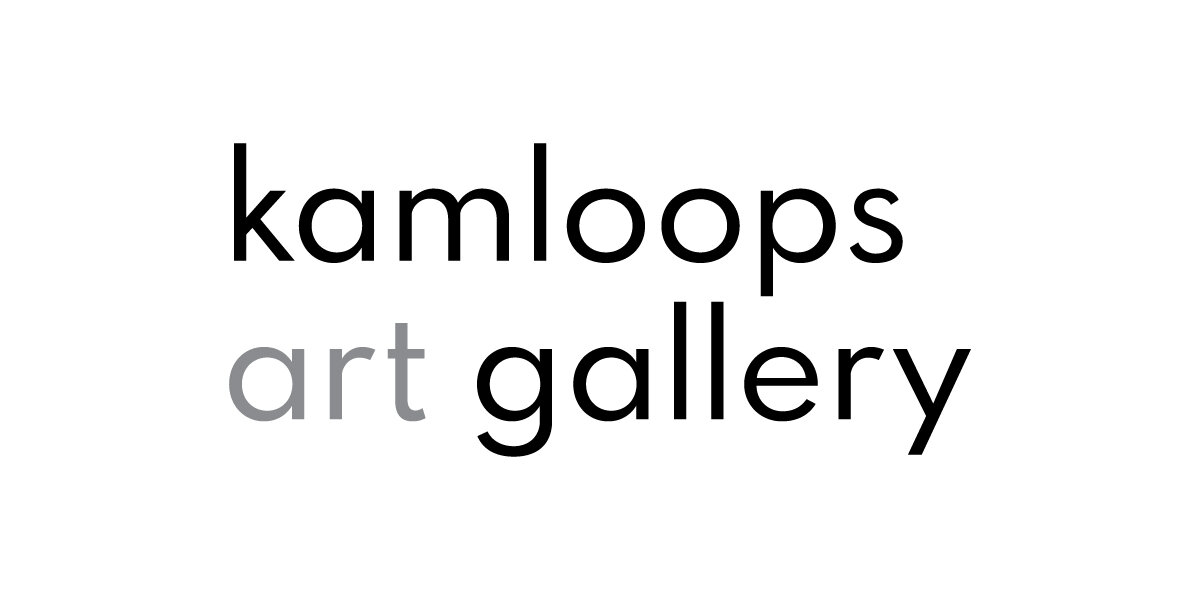Emily’s Forest—Painting and Drawing
SCHOOL PROGRAM LESSON PLAN – 7 to 9
Emily’s Forest—Painting and Drawing
Final Project Description:
A sketch and an acrylic painting.
Description:
Emily Carr would often sketch while walking in the woods and later use the sketch as the basis for the paintings that she worked on in the studio. Students will select their favourite Emily Carr painting to sketch in the Gallery and then make an acrylic painting from the sketch when they return to the studio.
Theory (taken from the BC Curriculum PLOs)
Students will:
- Analyse visual arts styles from a variety of contexts.
- Assess and visually respond to the purpose of artwork, subject matter and materials
- Use vocabulary related to 2D art forms and image development
- Personalize ideas and information
- Explain relationships among ideas and information
Workshop Duration: 60 minutes
In Gallery: 10 minutes to make a sketch of one of Carr’s paintings
In studio: 5 minutes to demonstrate colour mixing, 40 minutes to work on painting, 5 minutes for wrap up and possible discussion or look at other’s work to end class.
Prep:
- Set up a demo station in the centre of the room to demonstrate colour mixing, and displaying the demo sketch and painting
- Set up each child’s station with the necessary materials (listed below)
Materials:
Clipboard with 1 piece of canson sketch paper & pencil
Tabletop easel with canvas
Water buckets and a selection of brushes
Colour wheels
Palettes
Acrylic paint
Before students begin, ensure they write their name on the back of their work!!
Discussion:
End the exhibition tour in the Emily Carr room. Talk about Emily Carr’s process:
(from the VAG’s Teacher’s Guide)
Emily Carr often created sketches for her landscapes out in nature, where she could study the colours and textures of the trees, foliage, lakes and sky, and observe the way light, wind and weather affected her subjects. Carr began sketching in charcoal, but later developed a technique of thinning out oil paints with gasoline, which enabled her to create quick, colourful sketches. She would take the sketches she had accumulated out in the field back into the studio, and there she would make oil paintings based on—but not exactly the same as—her sketches.
Emily Carr wrote the following passage in her book Growing Pains:
“Outdoor study was as different from studio study as eating is from drinking. Indoors we munched and chewed our subjects. Fingertips roamed objects feeling for bumps and depressions. We tested textures, observed contours. Sketching outdoors was a fluid process, half looking, half dreaming, awaiting invitation from the spirit of the subject to ‘come, meet me half way.’ Outdoor sketching was as much longing as labour. Atmosphere, space cannot be touched, bullied like the vegetables of still life or like the plaster casts. These space things asked to be felt not with fingertips but with one’s whole self.”
Ask students to select the painting that they enjoy the most, and to create a quick sketch from it. Give them a clear timeline: they will have 10 minutes to sketch, and then 40 minutes in the studio to make a painting based on the sketch.
Demonstration:
Explain and demonstrate colour theory and colour mixing. Students will create their palettes by mixing the primary colours. Using the projector or computer, display (http://www.worqx.com/color/color_wheel.htm ) and discuss the terms:
· Primary
· Secondary
· Tertiary
· Complementary
· Analogous
Using the demo painting and sketch, explain how students should use their sketch as reference, but be loose and allow the painting to evolve as it is worked on. They are not to create replicas of Carr’s works, but rather use them as a reference, or a starting point, to creating their own works.
Creation & Analysis:
Ask students to begin by writing their names on the back of the canvas, and then to start by mixing their palette. What colours are they looking to use?
As students work, offer assistance in technique and colour mixing.
Review:
Discuss the process, how easy or hard it was to create the work, the differences between making the sketch and creating the painting, and the process of changing media and reworking an idea. Ask students if any of the sketches could stand alone as finished works. Do they prefer any of their sketches to their final paintings? Why or why not?
SUPPLEMENTAL MATERIAL
http://www.worqx.com/color/color_wheel.htm
Carr, Emily. Growing Pains. Vancouver: Douglas and MacIntyre, 2005.
